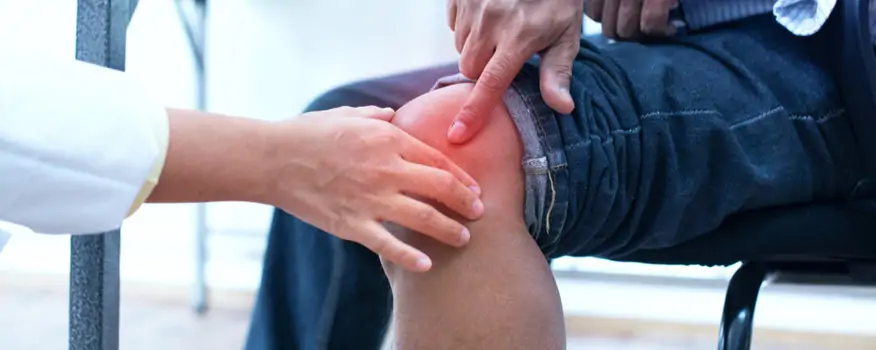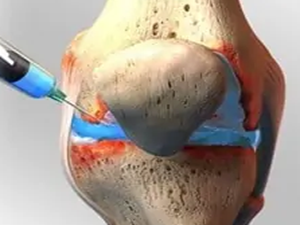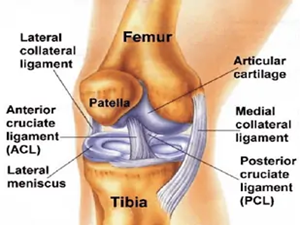OWCP Knee Injuries
The solution to your pain lies at our fingertips.
- Home
- OWCP Knee Injuries
OWCP Claims
OWCP Knee Injuries
Letter carriers often walk 8-10 miles per day (or more) and remain in their jobs for 20-35+ years. Over time, the body begins to wear down, especially the knee joints. Knees are composed of ligaments, cartilage, tendons, muscles, and bones, and a common condition that develops due to years of walking, climbing stairs, and standing on hard surfaces is Osteoarthritis (OA) of the Knee. Knee OA is the result of the wearing down and tearing of the meniscus, which is the cartilage that cushions the knee joint.
When the meniscus wears down, it can tear and shred until it can no longer cushion the knee joint, leading to what’s commonly known as “bone-on-bone,” where the femur and tibia bones rub together. This friction causes arthritis in the knee joint, resulting in pain, swelling, and decreased mobility.



Severe osteoarthritis in the knee can cause significant pain and limit mobility, often leading individuals to undergo knee replacement surgery. This procedure involves removing the femur head and the top of the tibia, along with all of the ligaments and remaining cartilage, and replacing them with a prosthetic knee.
Many federal employees may not realize that knee osteoarthritis, which develops over years of wear and tear, is a condition covered under OWCP using a Form CA-2. As a result, employees may unknowingly take weeks off work without pay, use sick and annual leave, pay out-of-pocket for medical expenses, and face threats of termination if they cannot return to full duty soon enough.

There are treatments that can help federal employees avoid knee replacement surgery. Procedures such as visco-supplementation can repair ligaments and tendons and increase joint space. This involves knee injections with a cushioning substance that alleviates the bone-on-bone irritation that causes severe pain and other symptoms. Visco-supplementation is often combined with platelet-rich plasma (PRP) injections to accelerate healing in damaged ligaments and cartilage. Together with physical therapy and a special “Unloader” knee brace, these treatments can relieve joint pressure and help federal employees return to work full duty.
Steps You Must Take
Key Steps for Addressing OWCP Knee Injuries
Avoid surgery by exploring alternatives like visco-supplementation.
Understand that knee osteoarthritis is a covered condition under OWCP.
Report your injury using Form CA-2 to ensure it's covered by OWCP.
Use an Unloader brace to reduce joint pressure and avoid surgery.
File all paperwork accurately to prevent delays or jeopardizing your claim.
Seek a doctor trained in federal workers compensation for best results.
Maximize your OWCP benefits, including schedule awards and reimbursement.
Combine therapy and injections to restore mobility and joint function.
Knee Treatment Should be Free to You
When you file your knee injury using Form CA-2, OWCP should cover all of your treatment, allowing you to avoid paying for it out of your own pocket. Many injured federal employees are unaware that knee osteoarthritis is a covered condition under OWCP and, as a result, use their personal health insurance and paid leave unnecessarily.
At FEIC, we provide these knee-saving treatments and work to get your OWCP injury claim approved so that OWCP pays for your medical bills. Even if your claim is not approved, we will never ask for your health insurance or charge you any fees.